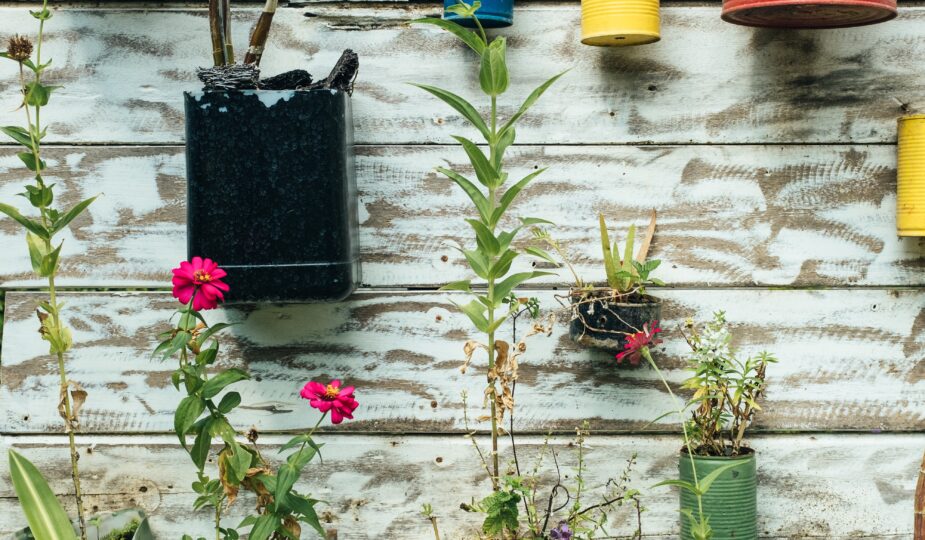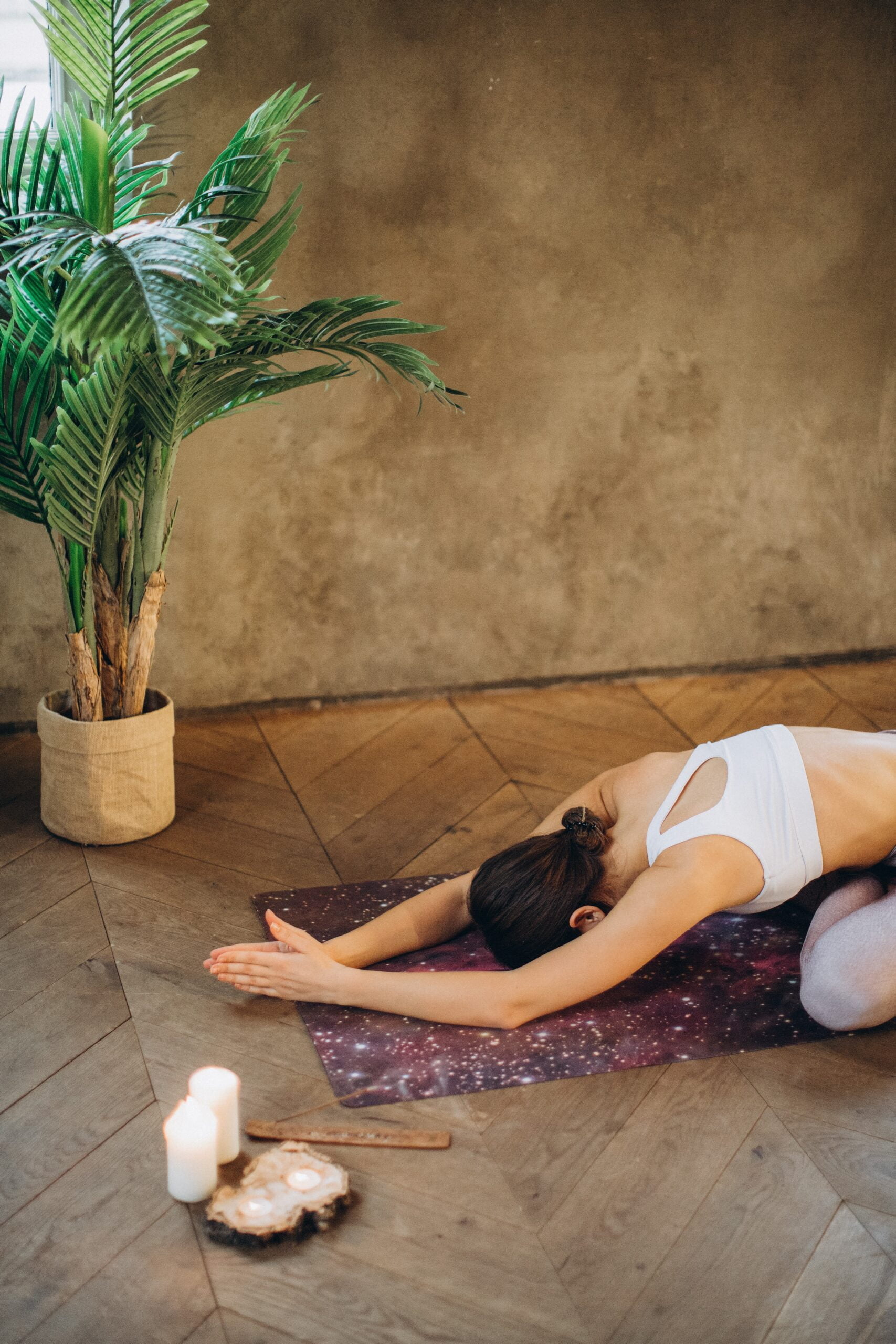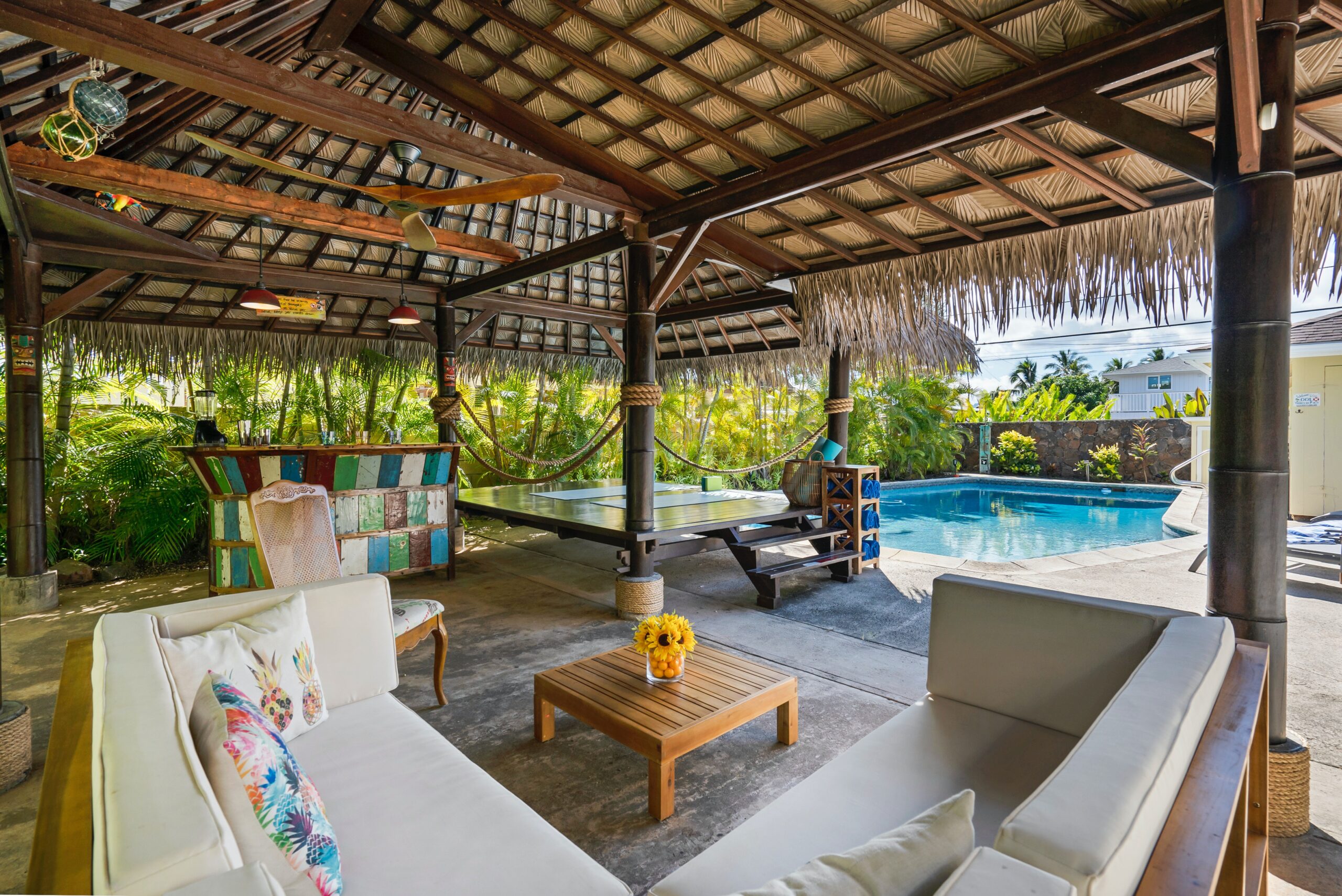Living sustainably is more than just a trend; it’s a way of life that benefits both our planet and future generations. As homebodies, we have the unique opportunity to make a positive impact right from the comfort of our own nests. By incorporating easy eco-friendly practices into our daily routines, we can create a haven that aligns with our values of mindfulness and well-being.
In this article, we’ll explore practical and simple ways to embrace sustainable living at home. No matter the size of your living space or your current level of eco-consciousness, there’s always room to grow and evolve. Together, we’ll discover how mindful consumption, energy and water conservation, waste reduction, and sustainable home decor can transform our homes into sanctuaries that reflect our love for the planet.
Let’s embark on this journey toward a greener, more sustainable lifestyle—one that’s rooted in simplicity, practicality, and the comfort of home.
Mindful Consumption
Sustainable living starts with being mindful of our consumption habits. As homebodies, we have the advantage of curating our surroundings to reflect our values. Here are some easy steps to embrace mindful consumption:
Instead of impulsively buying new items, consider the joy of exploring secondhand markets. You’ll not only discover unique treasures but also reduce the demand for new manufacturing and minimize waste.

Supporting local businesses and artisans not only stimulates the economy but also reduces the carbon footprint associated with long-distance shipping. Seek out local artists, craftsmen, and sustainable brands for your home decor and other needs.
By shifting our mindset from quantity to quality, we can invest in long-lasting, durable items that won’t end up in landfills after a short period of use. Remember, it’s about cherishing what we have and making conscious choices that stand the test of time.
Sustainable Living Through Energy Conservation

Conserving energy not only reduces our ecological footprint but also helps save money on utility bills. Here are some simple practices to incorporate into your homebody routine:
Swap out traditional light bulbs with energy-efficient LED or CFL bulbs. They may cost a bit more upfront, but they last longer and use significantly less energy, saving both the environment and your wallet.
Utilize power strips for your electronic devices, and remember to switch them off when not in use. Even when turned off, many appliances consume energy in standby mode. By unplugging them or using power strips, you can easily cut down on this wasted energy.
Embrace natural light whenever possible by opening curtains and blinds during the day. Not only does natural light elevate the ambiance of your home, but it also reduces the need for artificial lighting, conserving energy in the process.
Water Conservation
Water is a precious resource, and conserving it is vital for sustainable living. Here’s how you can practice water conservation at home:
Install water-saving fixtures such as low-flow shower heads and faucets. These fixtures maintain water pressure while significantly reducing water usage. You’ll hardly notice the difference but will make a significant impact.
Repair any leaks promptly. A dripping faucet or a leaking toilet may seem minor, but they can waste a surprising amount of water over time. Regularly check for leaks and fix them as soon as possible.
Adopt mindful water usage habits, such as turning off the faucet while brushing your teeth or lathering up in the shower. These small adjustments can add up to significant water savings without sacrificing comfort.
Waste Reduction for Sustainable Living

Reducing waste is a cornerstone of sustainable living. Here are some practical steps to minimize waste at home:
Implement a recycling system in your home. Set up designated bins for recyclables and familiarize yourself with local recycling guidelines. Remember to rinse out containers before recycling them to avoid contamination.
Composting food waste is a great way to divert organic matter from landfills while creating nutrient-rich soil for gardening. Consider starting a small compost bin or explore community composting programs if space is limited.
Say goodbye to single-use items and embrace reusable alternatives. Invest in reusable shopping bags, water bottles, coffee cups, and food storage containers. These small changes can significantly reduce the amount of waste generated.
Sustainable Home Decor
Our home decor choices can also contribute to a sustainable lifestyle. Here’s how you can infuse sustainability into your design:
Choose furniture made from sustainable materials such as bamboo or reclaimed wood. These options are not only environmentally friendly but also add a touch of natural beauty to your space.
Opt for natural and organic textiles for your bedding, curtains, and upholstery. Look for materials like organic cotton, linen, or hemp, which are grown without harmful chemicals and pesticides.
Introduce houseplants into your living spaces. Not only do plants enhance the aesthetics of your home, but they also purify the air by filtering out pollutants. Embrace the calming presence of greenery while improving indoor air quality.

Final Thoughts
By adopting these easy eco-friendly practices, you’re well on your way to creating a sustainable haven that aligns with your values. Mindful consumption, energy and water conservation, waste reduction, and sustainable home decor are all powerful tools that can make a significant impact.
Remember, sustainability is a journey, not a destination. Embrace these practices at your own pace and find joy in the progress you make. Each small step you take brings us closer to a greener, healthier planet.
As homebodies, we have the unique ability to make a difference from the comfort of our own nests. Let’s continue to nurture our love for our homes, ourselves, and the environment. Together, we can create a world where sustainability is second nature, and our haven reflects the values we hold dear.









